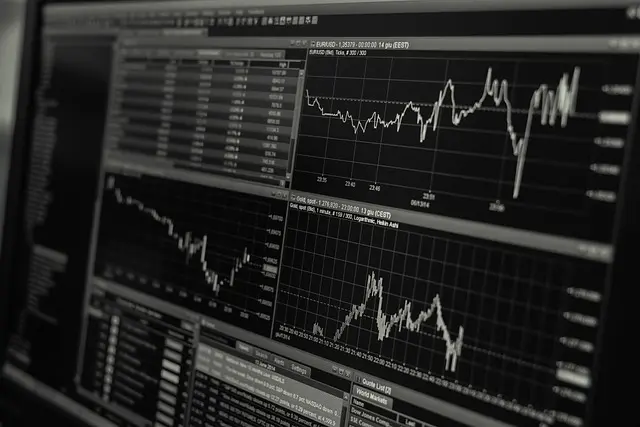Market capitalization, often abbreviated as "market cap," is a fundamental yet intricate concept in the investment sphere that plays a crucial role in evaluating the worth of publicly listed companies.
Although it appears complex, market cap should not be the sole determinant when making investment choices.
This article seeks to demystify market capitalization, its importance, how to calculate it, and how it can be incorporated into your investment strategy. We will also delve into the different categories of market cap, such as large-cap, mid-cap, and small-cap companies.

The Core of Market Capitalization
Market capitalization essentially mirrors the stock market's valuation of a company's worth.
This valuation is calculated by multiplying the total number of a company's outstanding shares by the current share price. An increase in either the number of shares or their market price leads to a higher market cap.
It can also be seen as the hypothetical cost of acquiring the entire company in one transaction. Market Capitalization vs. True Value
There is a common misconception that equates market cap with a company's actual value. Even some academics have erroneously assumed that market prices are a true reflection of a business's value.
However, as Warren Buffett has pointed out, this is often not the case. A company's market cap is based on its share price, which, as we know, does not always correspond to its intrinsic value.
Consider the fluctuating stock prices of meme stocks like GameStop and Dogecoin, which are more influenced by social media hype than the companies' underlying values.
It is vital to recognize that a stock's price does not always mirror a company's value, making market cap just one part of the investment puzzle.
The Role of Market Capitalization
If market cap is merely a price indicator, why is it significant?
A company's market cap indicates its size, assisting investors in gauging the company's scale and potential for growth.
While market caps can vary greatly, investors typically classify them into small-cap, mid-cap, and large-cap companies.
These categories can aid individual investors, but they are more often used by funds to diversify their clients' portfolios with a mix of smaller and larger companies. Large-Cap Stocks
Companies with a market cap exceeding $10 billion are considered large-cap.
Large-cap companies are generally stable, with a solid track record and significant market share, although they are not risk-free.
The potential downside of large-cap stocks is their slower growth due to their established market position.
An example of a large-cap company is Walmart, with a market cap of approximately $370 billion. Mid-Cap Stocks
Mid-cap companies have a market cap ranging from $2 billion to $10 billion. They may cater to niche markets or face competition that prevents them from becoming large-cap companies.
Alternatively, they could be newer companies in a high-growth phase. Examples include Robinhood, Hyatt Hotels, and Docusign. Small-Cap Stocks
Small-cap companies have a market cap between $300 million and $2 billion. Companies below $300 million are considered micro-cap.

Unlike large-cap companies, small-caps carry higher risk but also offer substantial growth potential with significant returns.
Small-cap stocks include Coursera, SmileDirectClub, and Health Catalyst. Calculating Market Capitalization
Calculating market capitalization is a simple process that can quickly determine the market caps of potential investments.
Market Cap Formula
Market capitalization






